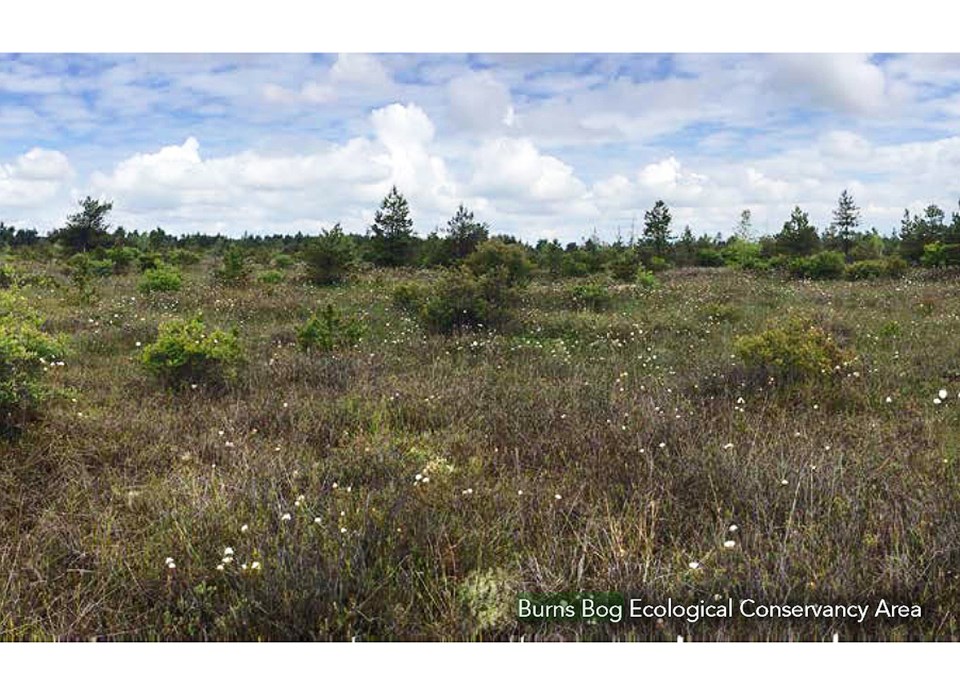Delta and Metro Vancouver have cut a deal on carbon credits for the restoration work that’s been done to prevent Burns Bog from drying up.
The current management agreement among the City of Delta and other levels of government sees the city undertaking various ongoing projects, such as ditch blocking and water balance monitoring, to maintain the hydrology of the bog and raise the water table.
A recent report to council notes approximately 60,000 tonnes of greenhouse gas reduction credits were generated by the restoration works from 2008 to 2016.
With the execution of the Burns Bog Ecological Conservancy Area carbon credit allocation agreement, Delta will receive 50 per cent of these credits.
It can be banked and used in the future to balance the city's carbon emissions and maintain the city's carbon neutral status, the report notes.
“Because this agreement specifically relates to carbon credits calculated by the consultant for the years 2008 through 2016, any carbon credits generated by restoration works in Burns Bog after 2016 will be covered by a separate future agreement with Metro Vancouver. Since the City of Delta already has enough carbon credits to achieve carbon neutrality for 2019, the Burns Bog restoration credits allocated to Delta by this agreement will be included in the 2019 CARIP Climate Action/Carbon Neutral Progress Survey as banked credits to carry over for future use,” the report explains.
The credits generated can’t be transferred or sold and can only be used towards reducing Delta's and Metro Vancouver's own corporate emissions, the report adds.
The regional district notes water is the single most important factor in the raised bog environment and that the inflow and outflow balance, as well as water storage, are essential factors determining the viability of the ecosystem.
In 2018 alone, Delta built 139 new dams in ditches to help restore the water table.
To ensure that ditch blocking is effective and the bog is recovering, a water level monitoring program has been in place since 2005.
The bog receives water primarily from rainfall.
A water balance model was also listed as a priority in order to understand how much water is entering the bog through rainfall and how much is leaving through drainage and evapotranspiration.
The city also started a pilot project to construct an underground perimeter wall at the edge of the bog to reduce leakage of water into adjacent agricultural ditches.



